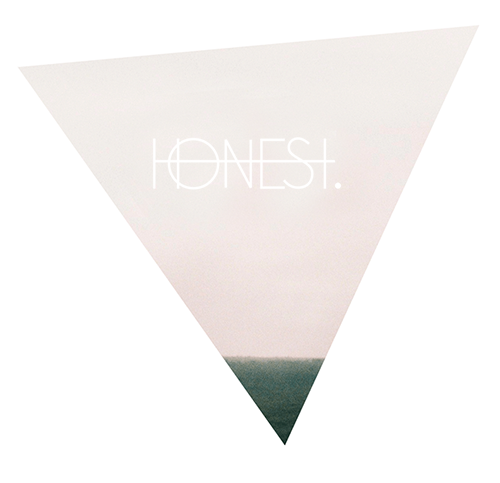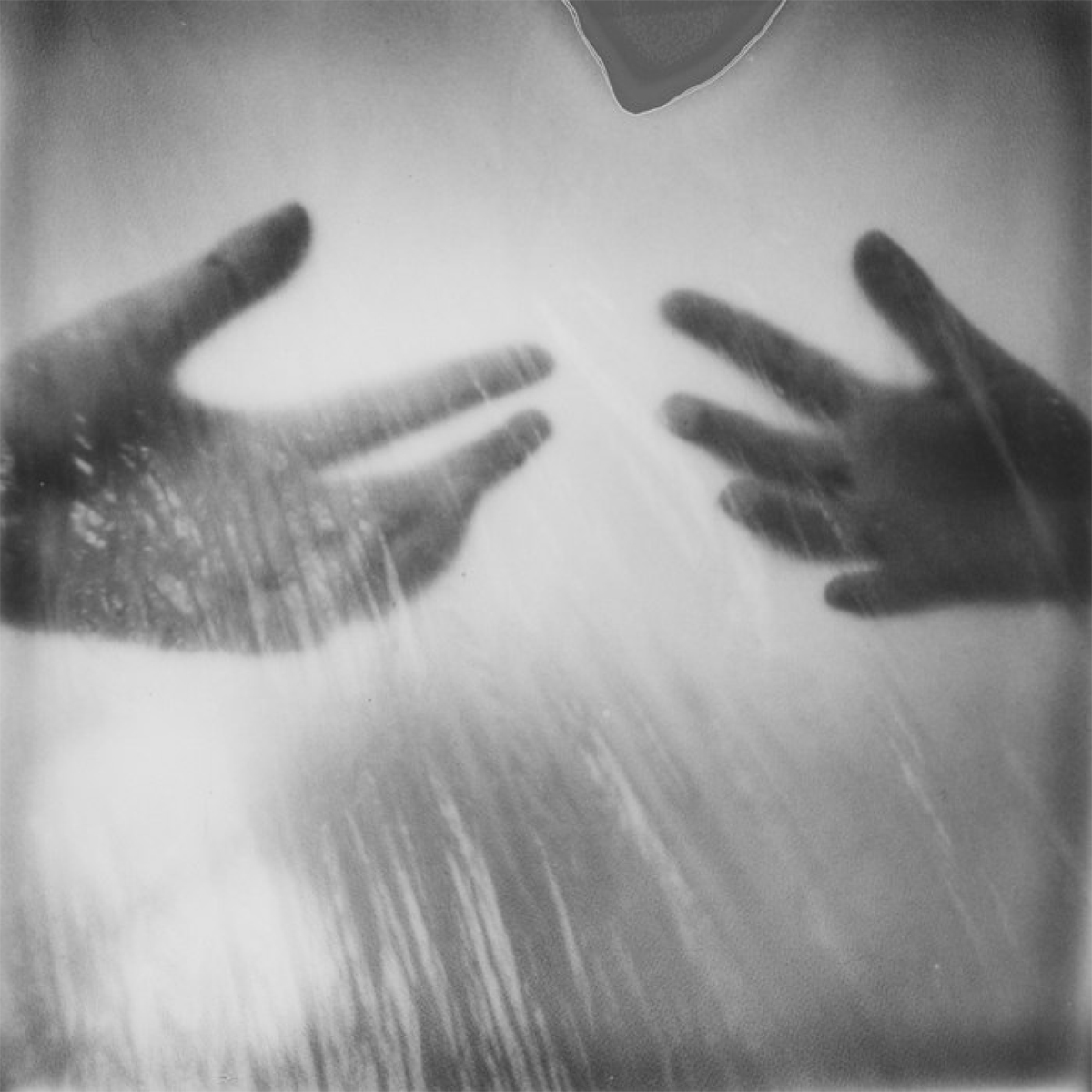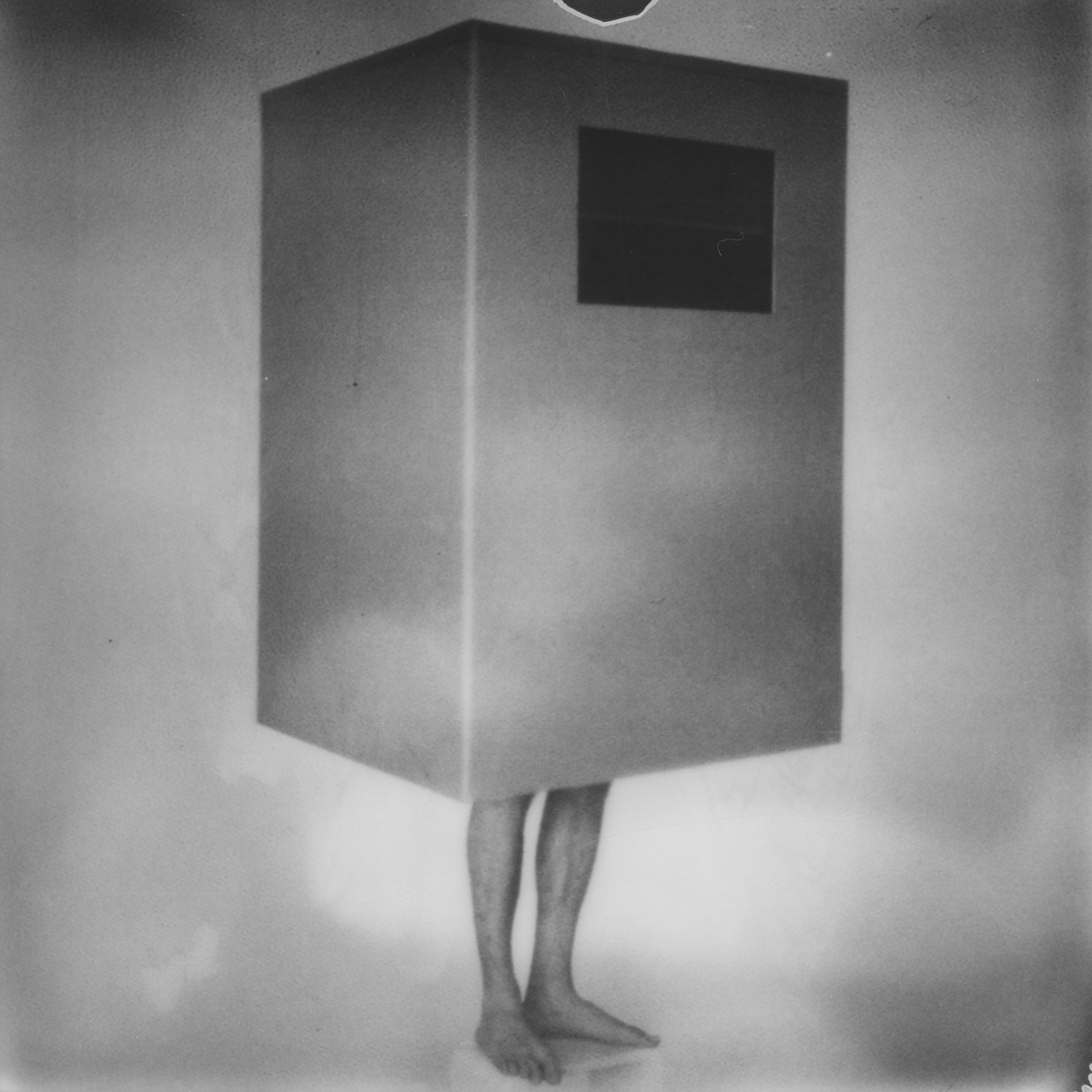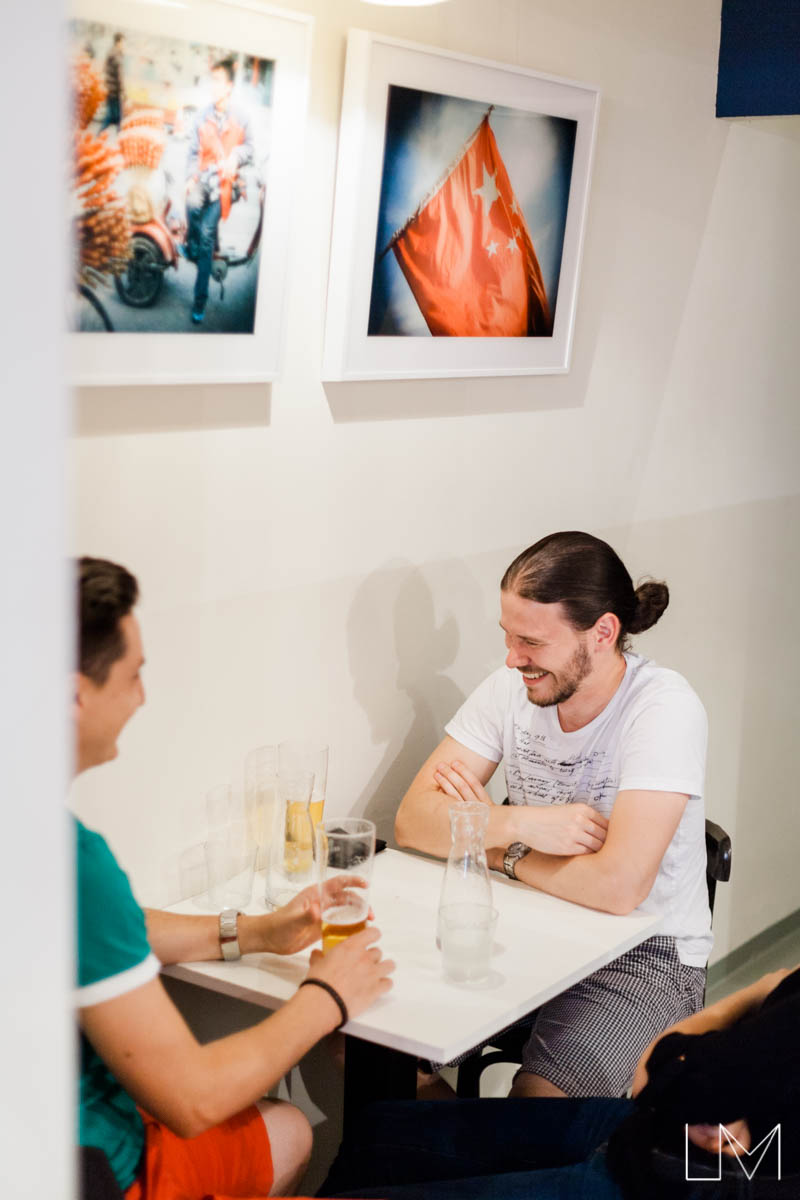Innehalten vor der Welt: Notizen zum Boom der analogen Fotografie
Ist es pure Romantisierung, wenn jetzt wieder vorwiegend jüngere Fotografen Kleinbildfilme in Spiegelreflexkameras aus dem Second-Hand-Laden einlegen? Übernimmt in einer Gegenwart, in der der Schock des Neuen fehlt, die Nostalgie nach einer verklärten Vergangenheit die Macht, was sich auch im Boom von Vinylplatten niederschlägt oder gar in Nachwuchsautoren, die wieder in Kofferschreibmaschinen hämmern?
Blättert man ein Magazin wie „Honest“ durch, findet man glücklicherweise andere Gründe abseits des Retro-Biedermeiers. Da lassen sich Fotografen vom Charme der Unvollkommenheit verführen, der in der Ära der Photoshop-Allherrschaft nachvollziehbar anziehend wirkt. Neben all der Körnigkeit, den Kratzern und Unschärfen, die mit der veralteten Technologie einher gehen, üben im Meer der digitalen Möglichkeiten natürlich auch die Limitierungen, die zum analogen Material gehören, einen Reiz aus. Eine freiwillige Beschränkung der Mittel und Möglichkeiten scheint überhaupt zum wichtigsten künstlerischen Gestus zu mutieren, auch in der Musik oder im Film.
Mit Bildern gegen den Bildervirus
Auf der Suche nach der wirklichen Sogkraft der analogen Fotografie kommt man aber an Jean Baudrillard nicht vorbei. Der 2007 verstorbene Philosoph und (Quer-)Denker hätte einerseits wohl den Authentizitäts-Gestus attackiert, mit dem manche Neo-Analog-Fotografen gerne kokettieren. Beschrieb er doch bereits in den frühen 80er Jahren eine Welt, in der Bilderfluten und Simulationen von Reality längst die Wirklichkeit abgelöst hatten, ein postmodernes Zombie-Reich, in dem speziell Kunst und Kultur eine untote Existenz führen, gefangen in diversen Zeitschleifen.
Gleichzeitig versuchte sich Baudrillard, trotz seiner militant kunstkritischen Essays, in späten Lebensjahren selber als Künstler. Ausgerechnet der Mann, der so viele Texte über die virusartige Verbreitung von Bildern verfasst hatte, ging nicht ohne Kleinbildkamera auf Reisen. Mit seinen unaufgeregten und sehr spontan anmutenden Fotos schaffte es Jean Baudrillard sogar in renommierte Ausstellungsräumlichkeiten. „Die Lust am Fotografieren ist eine objektive Lust. Derjenige, der diese objektive Leidenschaft für das Bild am Morgen in einer Stadt, in einer Wüste, nie verspürt hat, wird auch von der paraphysischen Feinheit der Welt nichts verstehen“ schrieb er dazu etwa 1998 in einem Katalog der Neuen Galerie in Graz.
Den Alltag und die Zeit anhalten
Dieser Widerspruch zwischen einer permanenten Klage über die Diktatur des Visuellen und einer ganz schlichten eigenen Lust an der Fotografie ist nur auf den ersten, oberflächlichen Blick unauflösbar. In seinen Texten zu seinen Fotoarbeiten beschwört Baudrillard einen fast meditativen Charakter des Mediums Fotografie.
„Das Foto schweigt. Eine der wertvollsten Eigenschaften, im Unterschied zum Film und zum Fernsehen, dem man das Schweigen immer aufzwingen muß, ohne daß es einem wirklich gelingt. Das Foto schweigt, es braucht (oder bräuchte) keinen Kommentar. Aber auch das Objekt schweigt; das Bild entreißt das Objekt dem platzraubenden und lärmenden Kontext der realen Welt. Unabhängig vom Lärm, von der Gewalt, die es umgeben, gibt das Foto dem Objekt die Immobilität und das Schweigen zurück. Das Foto ist in der Lage, mitten im Gewirr der Stadt Leere und eine phänomenale Isolierung wiederherzustellen. Es ist die einzige Möglichkeit, die Städte, die Welt in aller Stille zu durchqueren.“ Wenn dann der Meisterdenker Jean Baudrillard auch noch notiert, dass im Foto „eine Form von Verblüffung“ steckt, „eine Form von Aussetzung, von phänomenaler Unbeweglichkeit, welche die Schnelligkeit des Ablaufs der Ereignisse unterbricht“, dann schält sich eine andere, eine sanft widerspenstige Haltung heraus. „Das Innehalten beim Bild ist ein Innehalten vor der Welt.“
In der Slowmotion-Welt der Dunkelkammern
Man muss kein verstaubter Kulturpessimist sein, wenn man die digitale Fotografie, insbesondere die Amateurvariante mit ihren Milliarden in der Cloud versammelten Handy-Schnappschüssen, als Gegenstück zu diesem Innehalten sieht: Nämlich stattdessen als Komplizen in einem unentwegten Beschleunigungsprozess. Der Bildersturm der Smartphone-Kameras ist untrennbar mit der Nonstop-Raserei des neoliberalen Hier und Jetzt verbunden.
Möglicherweise, zumindest wäre es ein schönes Motiv, ist ein Teil der jungen Fotografen, die sich begeistert in die Slowmotion-Welt der Dunkelkammern begeben, die aber auch das lange Warten auf entwickelte Filme zelebrieren, im Gegenzug auf den Pfaden Jean Baudrillards unterwegs. Vielleicht geht es bei manchen der Fotos, die in „Honest“ auftauchen, bei diesen Bildern von ländlichen, urbanen und menschlichen Landschaften aus verschiedensten Kontinenten, auch darum: Sich vom Lärm und dem Getriebe der Maschinerie etwas zu lösen. Bild für Bild. Fotos wieder schweigen zu lassen, inmitten des omnipräsenten Gebrülls.
Have something to say? We wanna hear your thoughts on photography! Send your words to team@honestwithyou.com and be our next guest blogger!








































